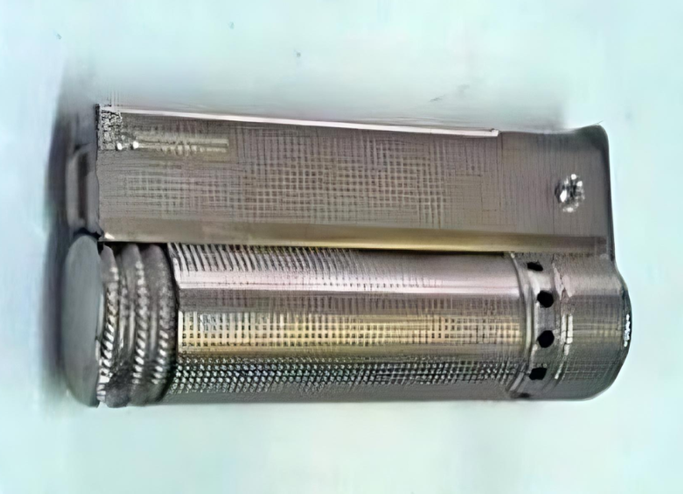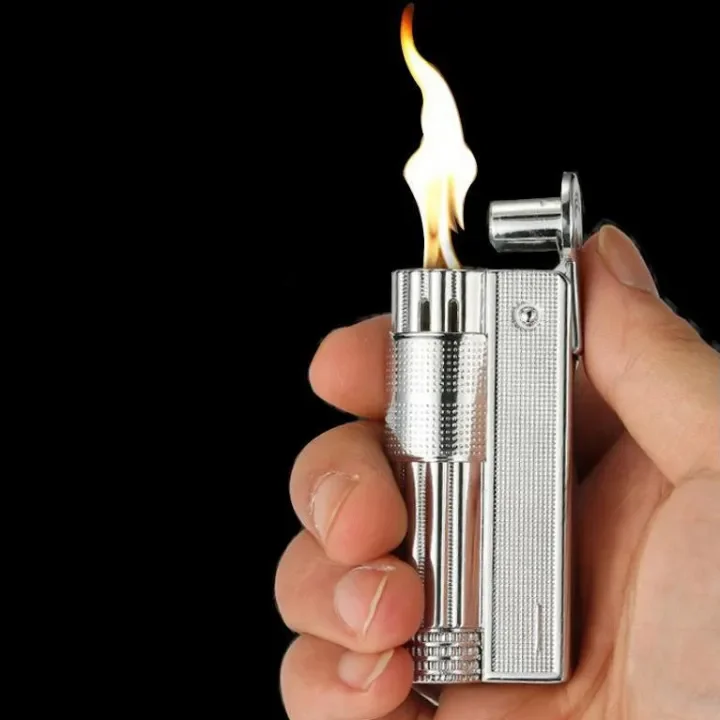Have you ever paused to appreciate the simplicity and reliability of a lighter? This small device, often taken for granted, has a rich history and an array of innovative features that make it indispensable. From lighting campfires to sparking up cigars, lighters have evolved significantly over the centuries. If you think you know what a lighter is, think again. Let’s explore the fascinating world of lighters, from their early beginnings to the advanced designs of today.
What is a Lighter? Understanding the Basics

A lighter is more than just a flame-on-demand device. It’s a portable tool that ignites flammable items with the simple flick of a switch. Most lighters consist of a metal or plastic container filled with a combustible substance—typically a liquid, gas, or, in rare cases, a flammable solid. A spark mechanism, such as a flint or piezoelectric crystal, ignites the fuel, creating a controlled flame. Today, some lighters even use electric arcs or heating elements to ignite without a visible flame.
Lighters are versatile tools, useful for everything from lighting candles and cigarettes to starting campfires and sparking fireworks. But how did this simple, everyday item come to be?
The Birth of the Lighter: From Flintlock to Flame
The history of the lighter begins with the invention of the flintlock pistol, which was initially repurposed as a means to ignite fires. In 1662, the Turkish traveler Evliya Çelebi encountered early lighter prototypes in Vienna, describing small boxes with tinder, steel, and resinous wood. These devices were invaluable to soldiers, who needed a reliable way to start fires on the battlefield.
The first official lighter, however, was created by German chemist Johann Wolfgang Döbereiner in 1823. Known as Döbereiner’s Lamp, this device worked by passing flammable hydrogen gas over a platinum catalyst, creating a flame. While innovative, Döbereiner’s Lamp was cumbersome and not very portable, limiting its practicality for everyday use.
The Spark of Modern Lighters: Ferrocerium and Early Innovations
The development of ferrocerium by Carl Auer von Welsbach in 1903 marked a turning point in the evolution of lighters. Often mistaken for flint, ferrocerium produces a spark when scratched, making it an ideal ignition source. It was inexpensive, durable, and easy to use—qualities that allowed companies like Ronson to pioneer the modern lighter.
In 1910, Ronson introduced the Pist-O-Liter, followed by the Wonderlite in 1913. These devices featured a flint wheel and a wick, making them the first truly practical and portable lighters. During World War I, soldiers began creating lighters from empty cartridge cases, adding chimney caps for wind resistance, a feature that remains popular in lighters today.
The Zippo Revolution: A New Standard in Lighter Design
In 1932, American entrepreneur George Grant Blaisdell founded the Zippo Manufacturing Company. The iconic Zippo lighter quickly gained a reputation for its reliability, durability, and windproof design. Featuring a naphtha-soaked wick and an easy-to-strike flint wheel, the Zippo became a favorite among soldiers, adventurers, and casual users alike. With a lifetime warranty and a classic design, the Zippo remains a beloved accessory for millions around the world.
One of the Zippo’s key innovations was its windproof chimney, which made it reliable in challenging conditions. This feature allowed users to light their Zippos even in high winds, making it a staple for outdoor enthusiasts. The Zippo also became a cultural icon, appearing in countless movies, music videos, and advertisements.
The Shift to Butane: A New Era of Convenience
In the 1950s, lighters underwent another transformation with the shift from naphtha to butane as the primary fuel source. Butane offered several advantages, including a cleaner burn, an adjustable flame, and minimal odor. This change also led to the introduction of piezoelectric ignition, which generates an electric spark by compressing a crystal, eliminating the need for flint.

Butane lighters, such as BIC lighters, became popular for their ease of use, affordability, and disposable nature. Unlike traditional lighters that relied on a wick, butane lighters used a controlled gas valve to create a consistent and reliable flame. This innovation made lighters more accessible to the masses, and butane remains the most common fuel source for lighters today.
How Lighters Work: From Fuel to Flame
Lighters may vary in design, but they all follow the same basic principles. Here’s a closer look at how different types of lighters operate:
- Naphtha Lighters: These lighters, like the Zippo, use a wick soaked in flammable liquid. When the lighter’s top is opened, the fuel vaporizes, and a spark from the flint wheel ignites the vapor, creating a flame. Closing the top cuts off the oxygen, extinguishing the flame.
- Butane Lighters: Butane gas lighters feature a small valve that releases gas when the ignition button is pressed. A spark, usually from a piezoelectric crystal, ignites the gas, producing a flame. The flame continues until the button is released, cutting off the gas supply.
- Electric Lighters: Electric or plasma lighters use a small electric arc to ignite materials. Powered by a rechargeable battery, these lighters produce a flame-free heat source that’s windproof and highly efficient.
Each type of lighter has its unique advantages, making it suitable for various applications, from lighting cigars to starting campfires.
Specialized Lighters: Innovations for Extreme Conditions

Today’s lighter market offers a wide range of specialized devices designed for specific environments and uses. Windproof lighters, for instance, mix butane with air and pass the mixture through a catalytic coil, allowing them to maintain a stable flame in high winds. Jet lighters, also known as torch lighters, produce a concentrated, high-temperature flame that can reach over 1,100°C (2,010°F). These lighters are ideal for outdoor activities, where a regular flame might struggle against the elements.
Additionally, dual-purpose lighters can double as rope cutters, survival tools, and emergency fire starters, making them popular among campers, hikers, and survivalists. These lighters often incorporate advanced features like waterproof casings, refillable fuel tanks, and durable metal bodies, ensuring reliability in the toughest conditions.
Conclusion: Appreciating the Art of Fire-Making
The lighter may be a simple tool, but its impact on our lives is undeniable. From early flintlock prototypes to modern electric designs, lighters have come a long way, evolving alongside technology and culture. Whether you prefer the classic charm of a Zippo, the convenience of a BIC, or the cutting-edge efficiency of a plasma lighter, there’s a perfect lighter for every need.
So, next time you flick a flame to light a candle or start a fire, take a moment to appreciate the ingenuity that went into this small but mighty device. The humble lighter isn’t just a tool—it’s a testament to human creativity and our unending desire to master fire.